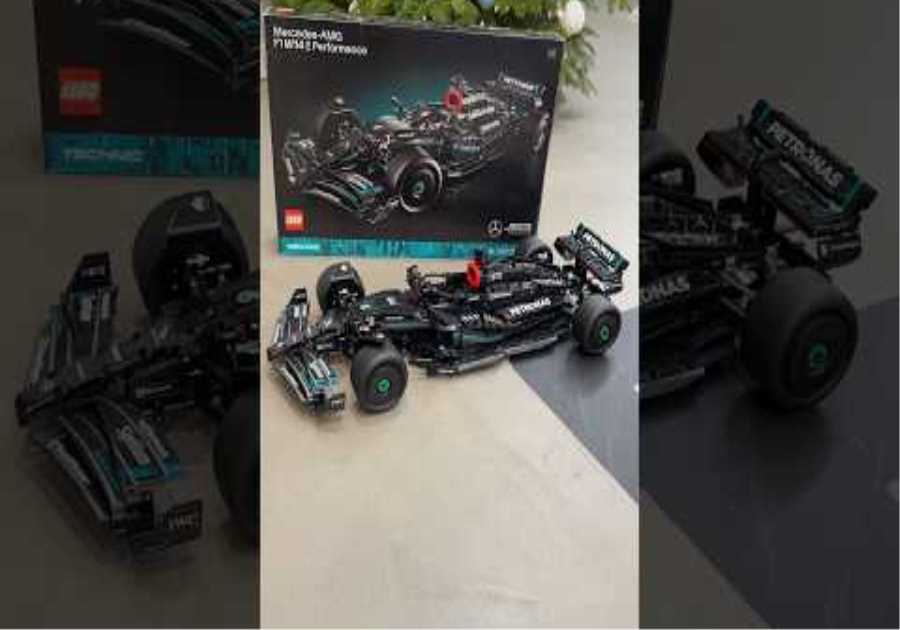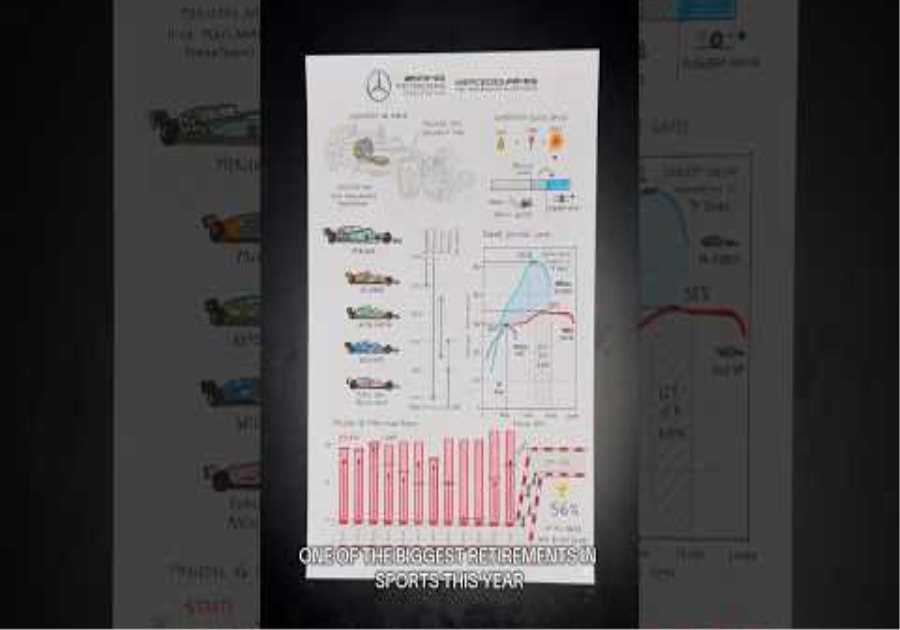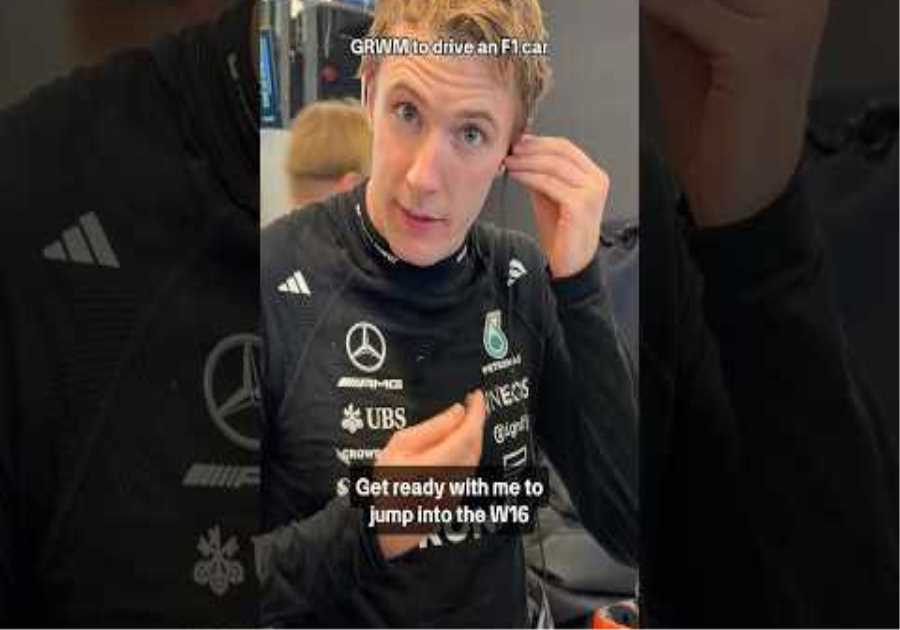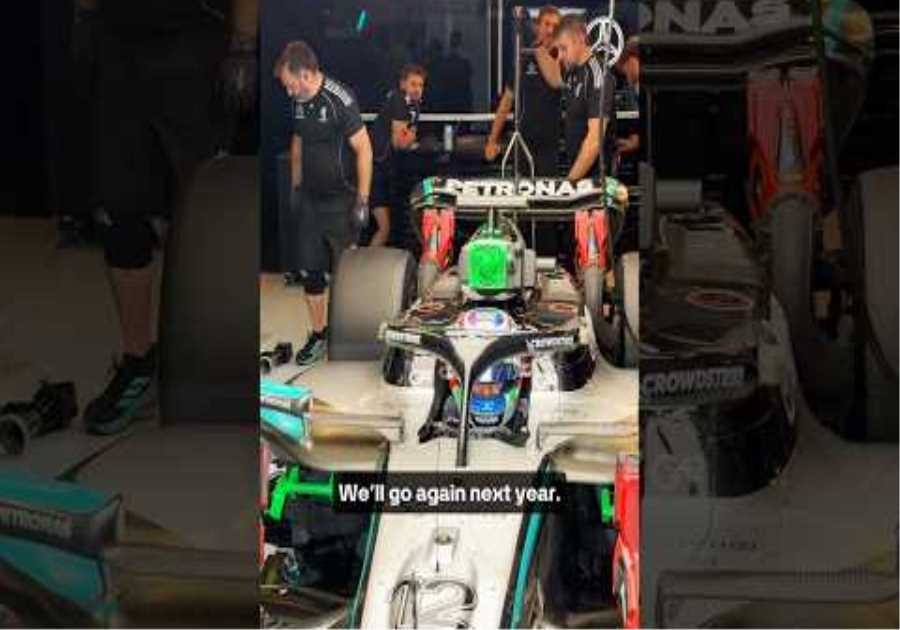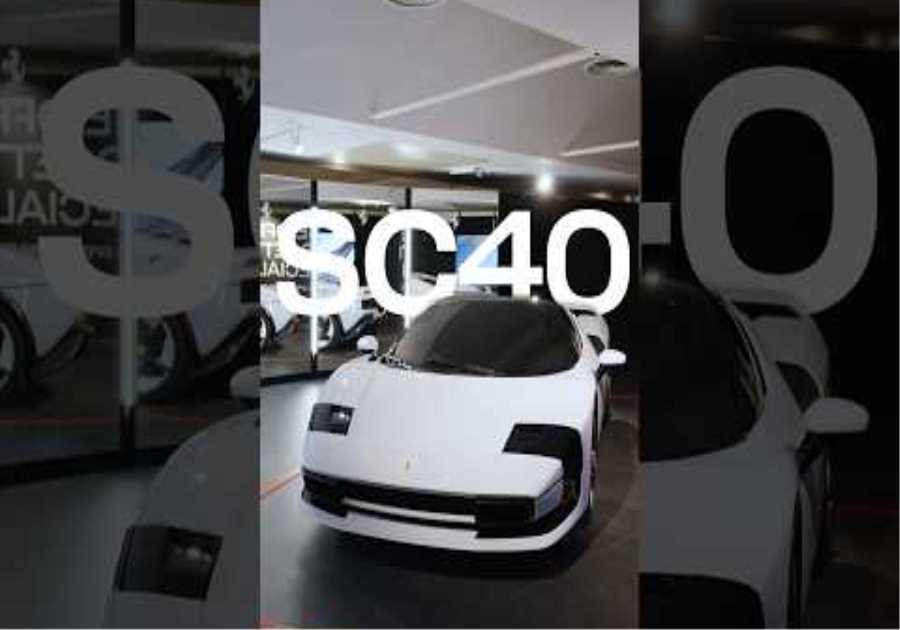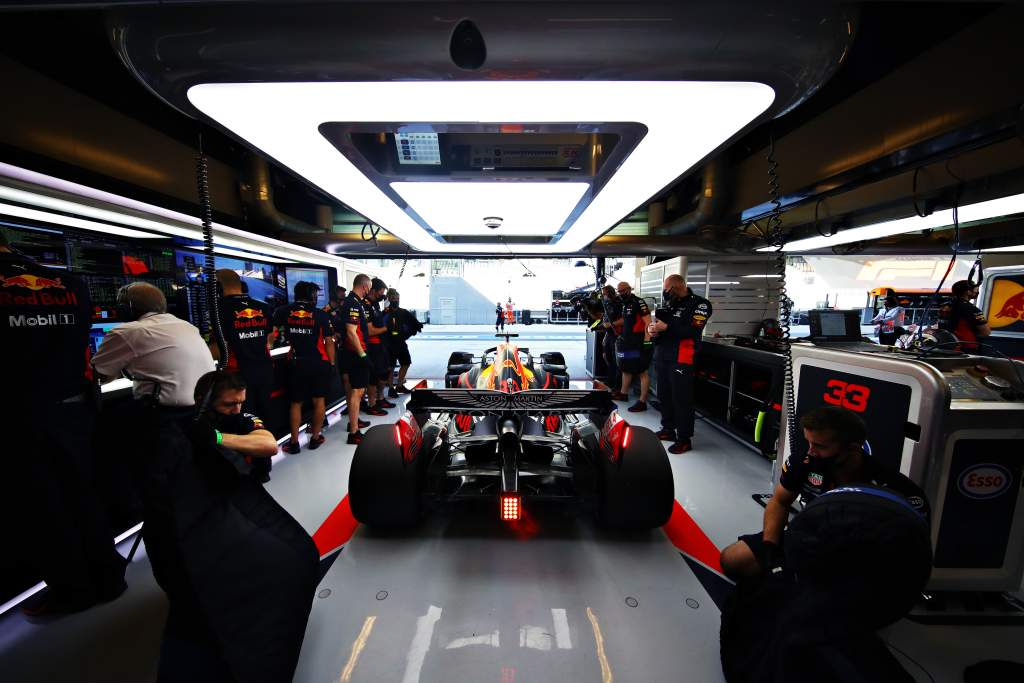
Even before the introduction of last year’s radically new Formula 1 aero regulations Red Bull was on a very productive development path, as evidenced by the season-long fight with Mercedes in 2021 after seven years of playing second (or third) fiddle.
But the advent of the new regulations last year coincided with Red Bull’s dominance. Partly of course this was down to key errors made by Mercedes in the conception of its car – but also quite possibly because the new regulations were a great fit with the direction Red Bull’s aerodynamic development was already heading.
To explain, let’s rewind back to 2020 when Red Bull’s RB16 spent most of the season being soundly thrashed by Mercedes in a car that only Max Verstappen could make vaguely competitive and which Alex Albon struggled with. But towards the end of the season the car came on increasingly strong, Albon’s deficit to Verstappen reduced significantly and at the final round Verstappen was able to win from pole.
The team’s technical director Pierre Wache believed he understood exactly where they had gone wrong early in the season and that the late-season form of the car indicated its real potential. He boldly said in our year-end interview: “I think Mercedes were beatable. If we’d found earlier what we find now on the car, we’d beat them. For the season it was a missed opportunity.” Bold though it seemed at the time, it was substantiated by Red Bull’s 2021 performance.
There was an about-face change of direction part way through 2020 and since then Red Bull has been on an ever-upward trajectory. What was this change?
“Max’s talent was a contributory cause to the problem we had,” related Wache at the time. “He has an ability to control instability that would be impossible for some others. We know that sometimes, making a car on the edge in this way can create a quicker car. So we went in this direction and Max was extracting laptime from it and so we kept going in that direction.
“But it was only because he has so much talent that he was still getting laptime from it as we kept going. We realized after a while that we had reached the ceiling with the car in this way and also you saw with the other drivers, with Pierre [Gasly in 2019] and Alex, they struggled to extract the best from it. We had gone too far in this direction. The system is so big, to revert back is quite long and painful. But we had got there by the end of the season.”
The Race’s technical guru Gary Anderson saw quite clearly how the team was trying to give Verstappen something with which he could extract laptime through a pointier response. “Back then, you could lower the front ride height with steering lock, moving the center of pressure forward in low-speed corners. So you had that mechanical help, anyway. But they were also accentuating it aerodynamically, with their front wing and front wing endplate design which was such that when you steered past a certain angle and really opened up the space behind the outboard end of the wing, you would get a powerful response from the wings.”
When that point was reached, Albon (and Gasly the year before) were feeling rear instability. What’s more, on corners where that critical amount of steering lock wasn’t required the car would feel much more benign, so giving the drivers the sensation of unpredictability from one corner to the next. “I don’t get why I’m getting massive oversteer at Turn 2,” said Albon over the radio in practice around the Red Bull Ring, “and I get to Turn 3 and have understeer.”
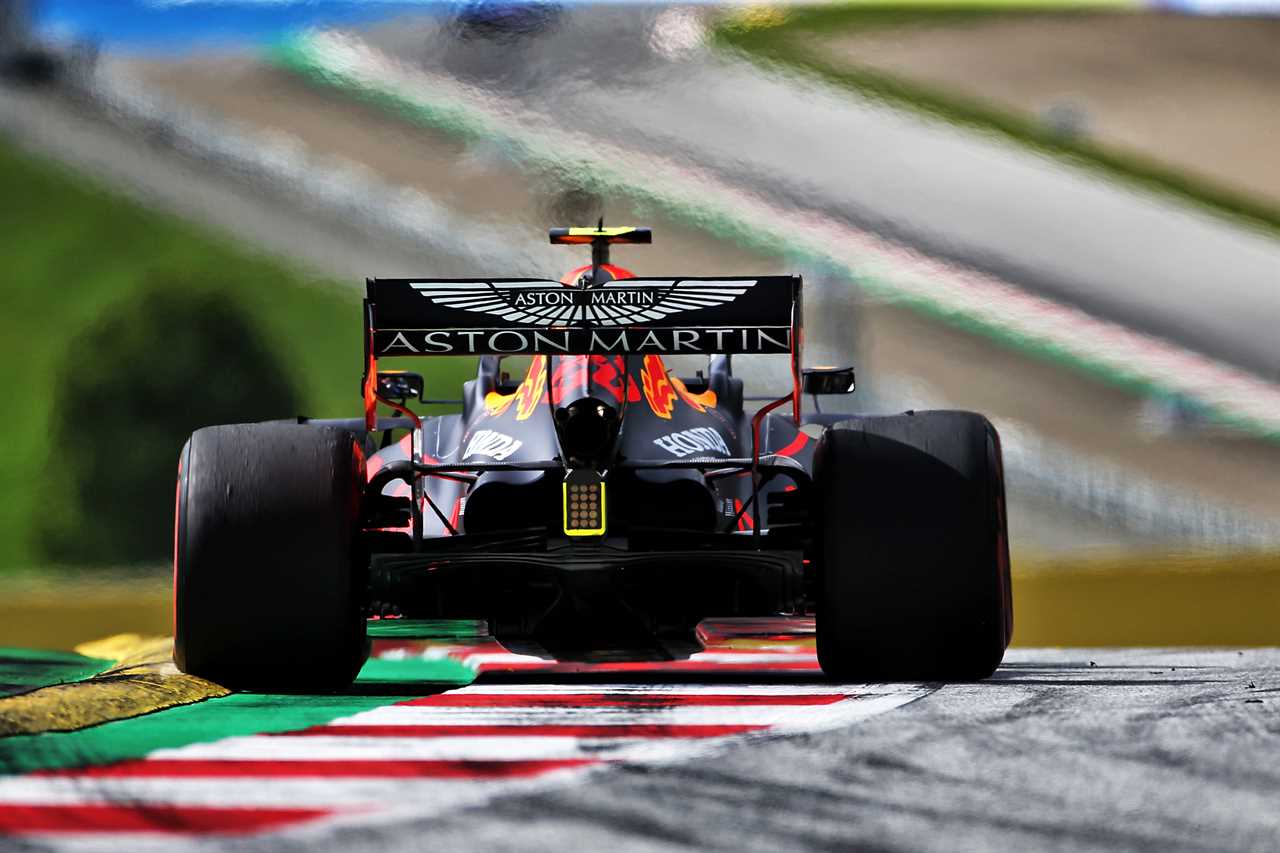
As Wache recounted, Red Bull dialed the trait back and eventually found the car’s sweet spot. But the process of tracing and understanding those dynamics was illuminating for the team and played a part in a very finessed understanding of the aerodynamics around the front wheels and the delicate balancing point between front and rear downforce in transient situations (ie corner entry).
The advent of the 2022 regulations effectively banished the steering geometry which lowered the front ride height on high lock. So with that mechanical aid gone, the aerodynamic way of achieving that delicate balance became even more important. Red Bull’s previous detailed understanding of this area, triggered by the initial problem of the 2020 RB16, will likely have played a major part in making the 2022 car so effective, especially once its diet allowed the car to be endowed with more front-end grip .
One of the big aerodynamic challenges of the ground effect aero regs introduced last year – one which seemed to differentiate the top three teams from the midfield – was in keeping a consistent through-corner balance.
Almost all those midfield and lower teams struggled with some combination of entry stability and good, balanced downforce through the corner. Tame the entry instability and the car would often be too understeery mid-corner. Trying to get the car to rotate early enough in the corner to banish the mid-corner understeer would see the entry instability return. Cars such as the McLaren and AlphaTauri had no workable window in between.
At least some of those teams believe that the key to fixing this limiting trait will come from increasing the distance between the front axle and entry inlets for the venturi tunnels in the sidepods. In this way the center of pressure of the underfloor downforce will be moved further back, opening up the balance window. It would in theory allow teams to work their front wings more aggressively (to give the good initial rotation into the turn) without that good rotation triggering rear instability upon corner entry (because the more rearward center of pressure of the floor would give a more planted rear).
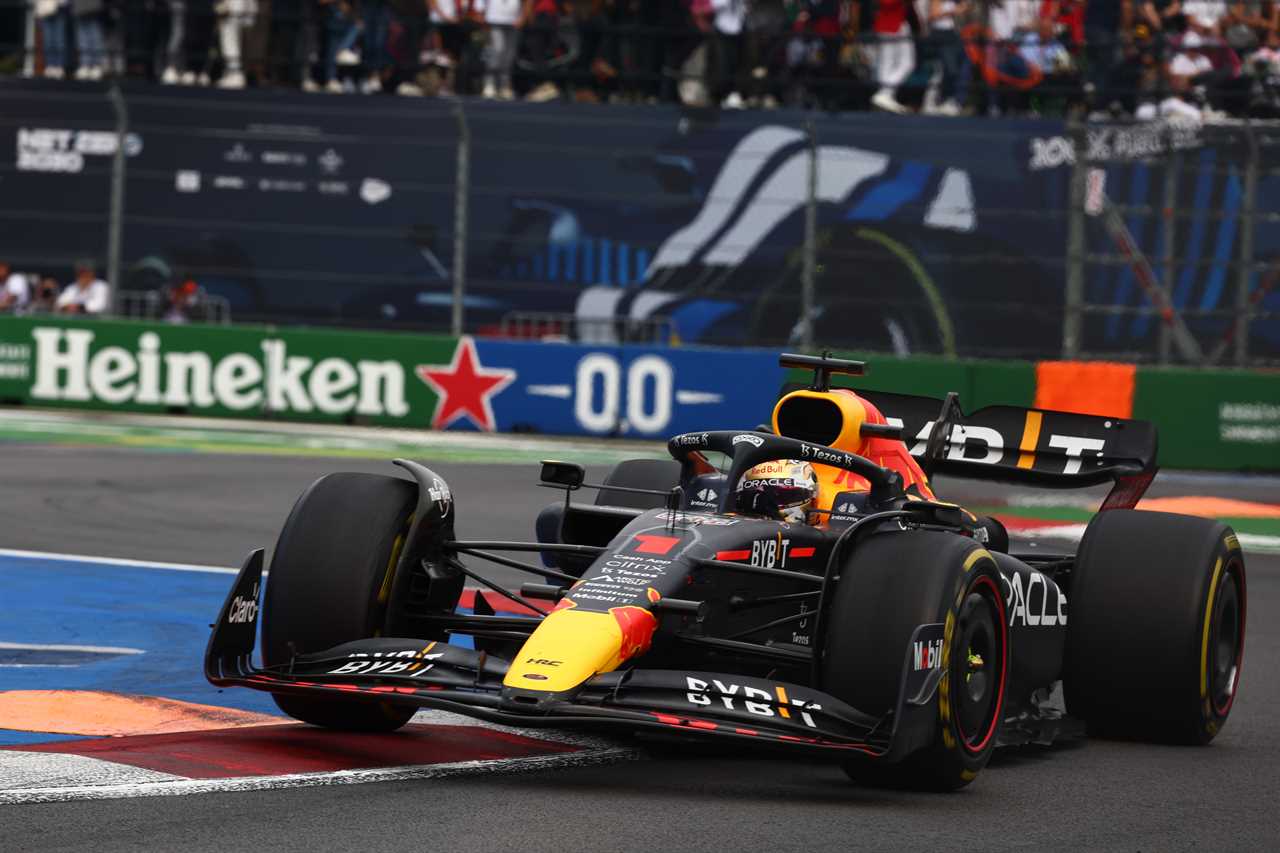
As Gary pointed out in a separate article on The Race earlier this week, simply moving the front axle further forwards is not a simple thing to do because most cars are already running the maximum permitted wheelbase to package the dense power units. To increase the gap between the front axle and floor inlets would therefore require the sidepod to be moved back.
But this is the opposite to the theoretical ideal for downforce creation, as Gary explains. “Ideally, you want that leading edge of the floor as far forward as possible because you want the center of pressure of the floor balanced with the center of pressure of the whole car. If you can do that then you have a more consistent car. Keeping the leading edge of the floor far forward is good because it gives you a longer floor and more downforce-generating surface area.”
So there is a clear conflict in those demands within these regulations and last year’s Red Bull, Mercedes and Ferrari (plus the associated Haas) designs, with a greater distance between front axle and floor inlets, all appeared to have accepted this compromise, surrendering potential peak downforce in exchange for more consistent downforce to give better through-corner balance. Red Bull appeared to have resolved it best of all.
Did you miss our previous article...
https://formulaone.news/red-bull/im-a-lot-more-confident

